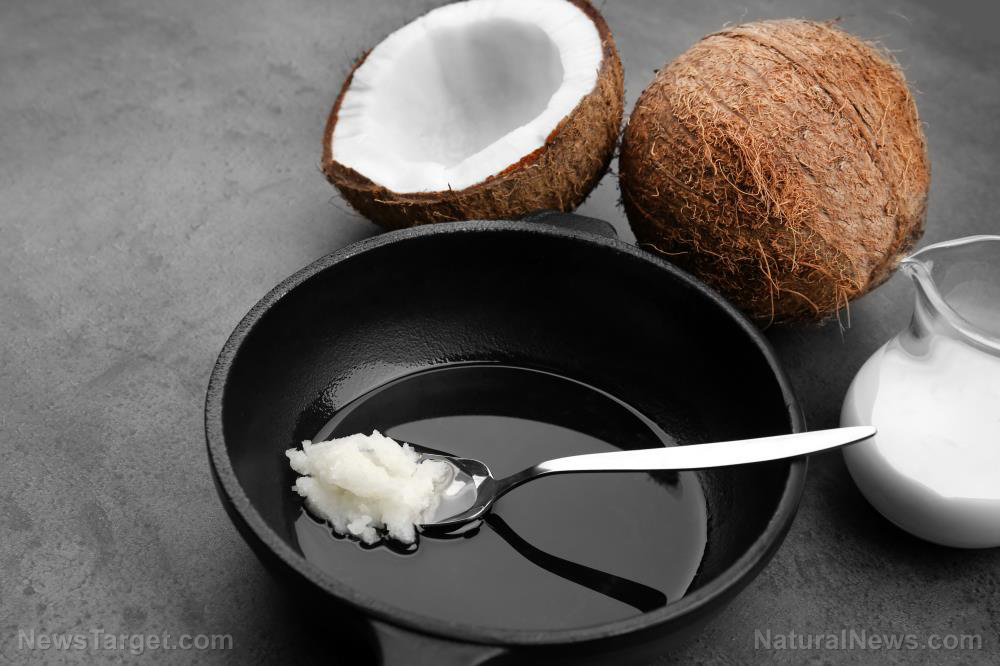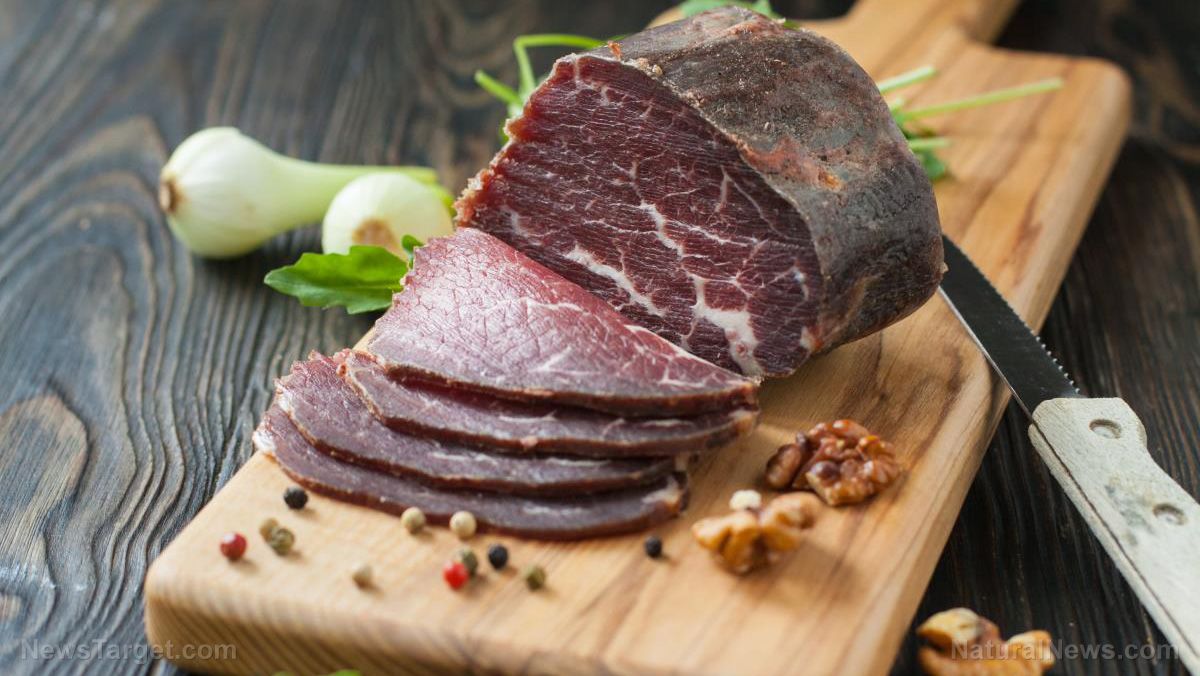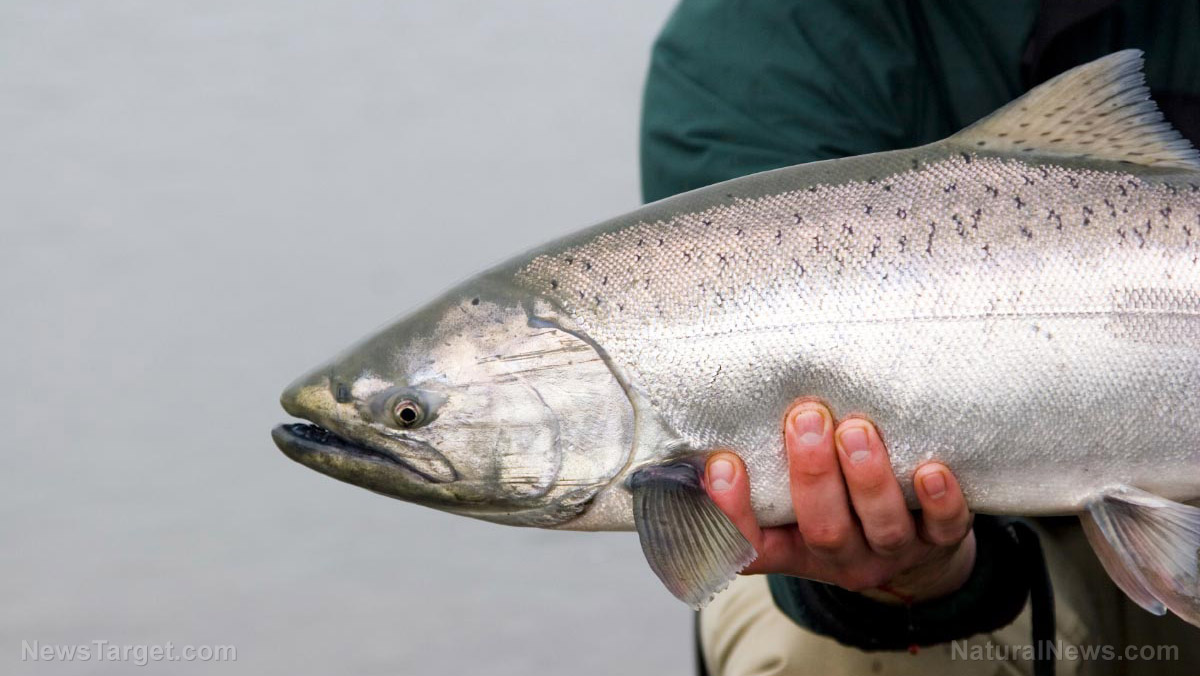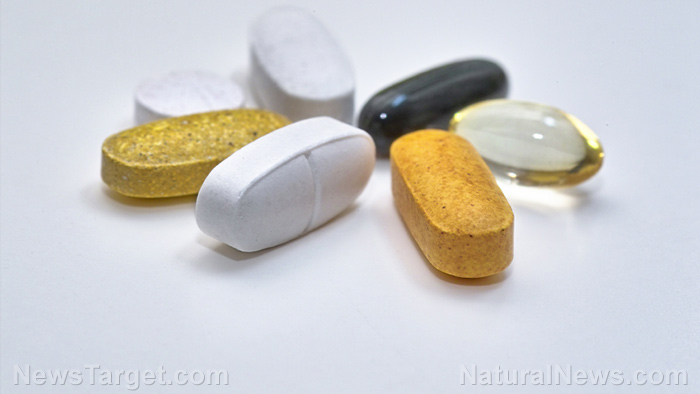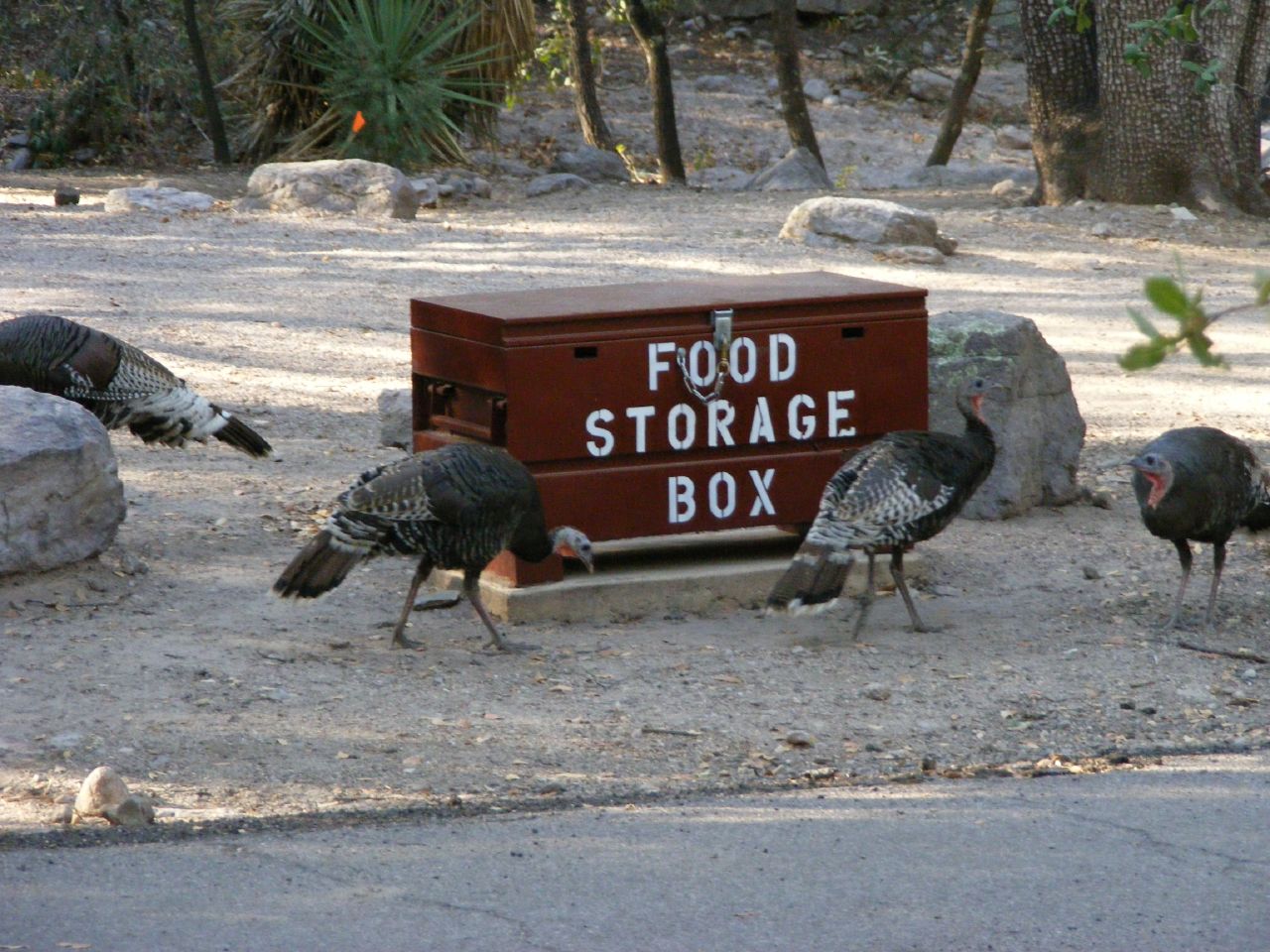Dehydrated food makes great survival food: Tips for what to dehydrate that will keep long-term
04/15/2018 / By Jayson Veley

What would you do if you woke up tomorrow to some kind of a large-scale crisis that brought about the collapse of society as we know it? Chances are you would be able to get used to living without things like your cellphone and the television fairly quickly, but that doesn’t solve the issue of being without one of the few things that your body absolutely needs to survive: food. Given the fact that grocery stores will almost inevitably be looted, and knowing that cooking will likely become much more difficult than simply turning on your oven, you will be forced to find more unconventional ways to make and store food – one of those ways is through dehydration.
Of course, if you decide to dehydrate your food, you’re going to have to learn both what foods are best to dehydrate and what foods you should avoid. We can start by taking a look at what kinds of food products you can dehydrate, taking into account both convenience and nutritional value.
Fruits
While there are some dehydrated foods out there that just don’t taste very good, dehydrated fruits (and vegetables) are pretty much the best. If you are looking to dehydrate fruit, be sure to pick very ripe fruits and cut them into thin slices, as it is much easier to dehydrate thinner pieces as opposed to thick slices or fruits that haven’t been cut at all. Notably, if you have a fruit that is already small and not too thick, then you can likely get away with dehydrating the entire thing. If the discoloration of fruits that go through the dehydration process is something that bothers you, you can prevent this issue by using ascorbic acid to soak your fruit slices in beforehand. (Related: Here are ten reasons why dehydration is a great tool to preserve and store food.)
Vegetables
The only real difference between dehydrating fruits versus dehydrating vegetables is that vegetables dry up much quicker due to their lesser quantity of acid. Just like fruits, be sure to pick the ripest vegetables that you can find and then cut them into thin slices before dehydration. You’ll then have to blanch the vegetables, which involves boiling them and then immediately placing them in cold ice water. This process will help preserve both the nutritional value and the flavor of your vegetables. Once the blanching process is done, dehydrate them just like the fruits. (Related: Here are ten affordable food and nutritional items you can stockpile before the big crisis hits.)
Meat
Without meat and the protein that comes with it, you’ll have a very difficult time surviving a SHTF situation – this is why dehydrating meat is something that you should strongly consider. It’s worth noting that lean meat is much better to use than fatty meat, because fat content does no dehydrate easily. If you are using fresh meat, be sure to take the necessary steps to kill any bacteria that may be present, and then freeze it for a couple of days. Once it is cold enough, cutting it into thin slices (just like you did with fruits and vegetables) will become very easy. For the best results when it comes to dehydrated meat, get beef and slice it so that it is no thicker than a quarter inch.
What not to dehydrate
The website HappyPreppers.com created a list of food products that you should avoid dehydrating, as the results will be less than appetizing. These food products include, but are not limited to, avocados, bananas, butter, cheese, eggs, milk, nuts and nut butters, and olives.
Dehydrating food is a great way to ensure that you won’t go hungry in the days and weeks following societal collapse. Dehydrated foods also weigh much less than canned foods, for example, so if you plan on traveling when SHTF, then dehydration is definitely something you should consider.
Sources include:
Tagged Under: Collapse, dehydrating, Food storage, how-to, Off Grid living, preparedness, prepping, SHTF, storable food, survival, survival food

